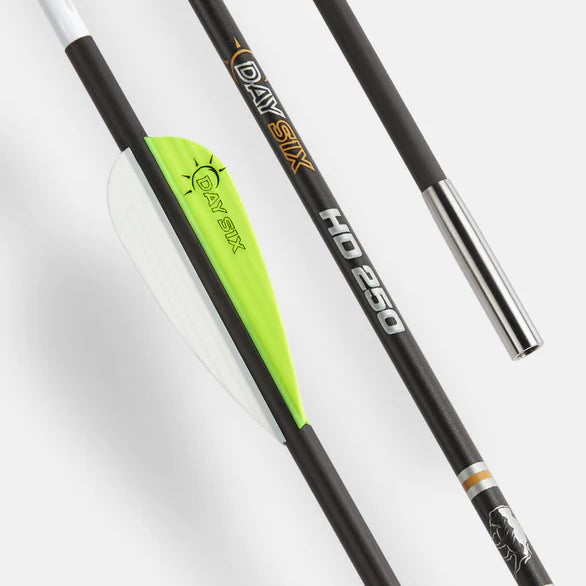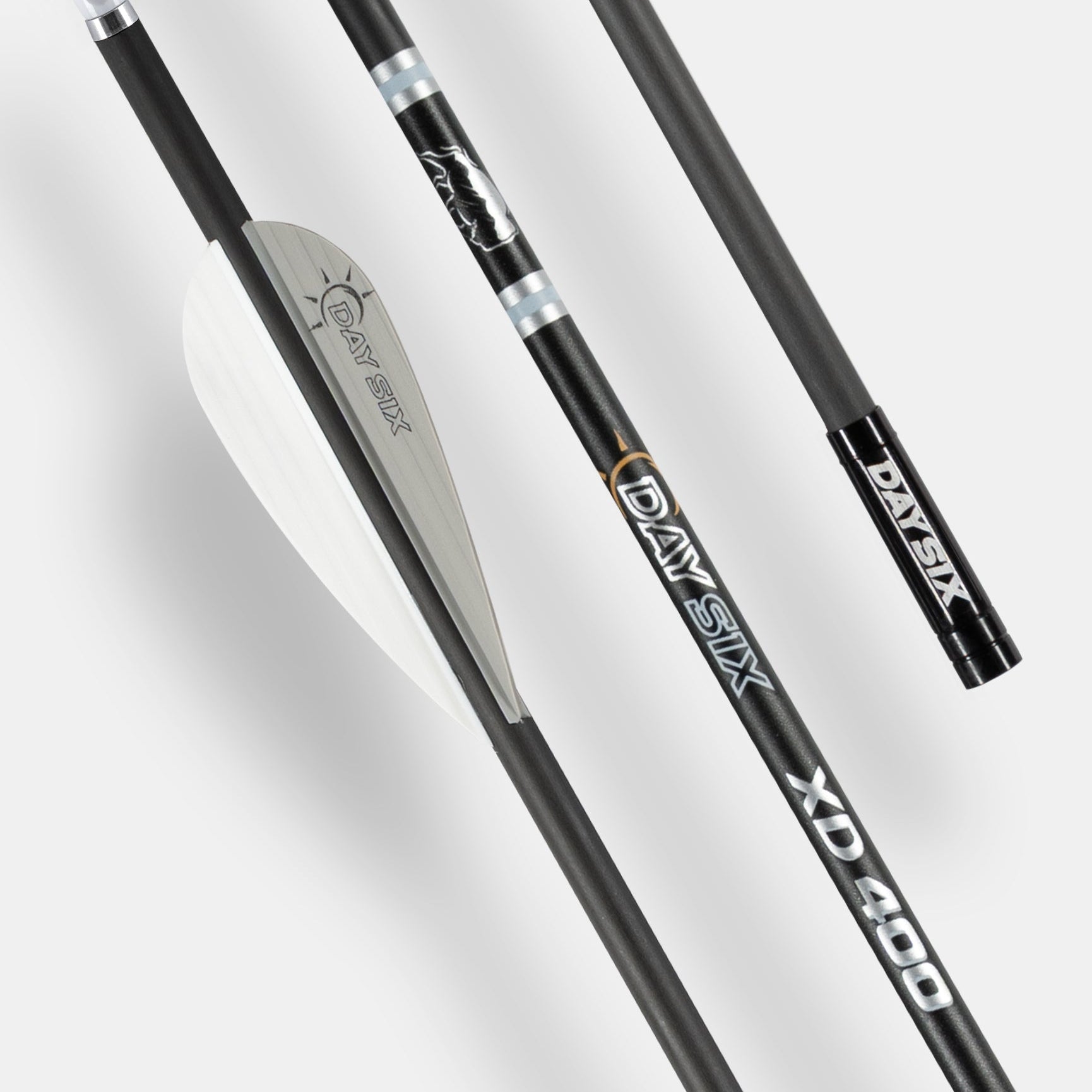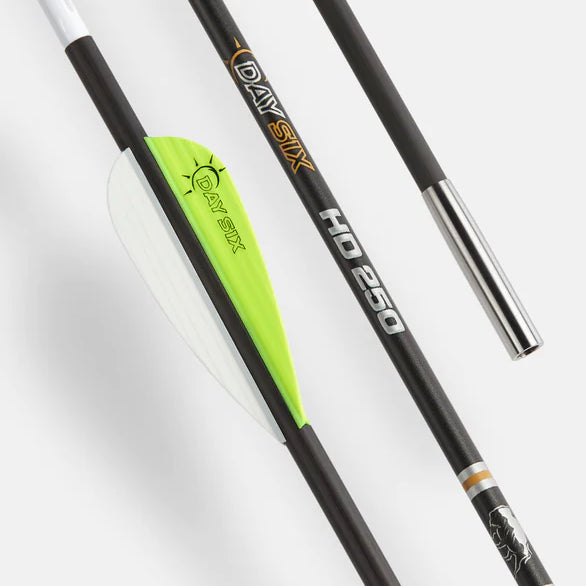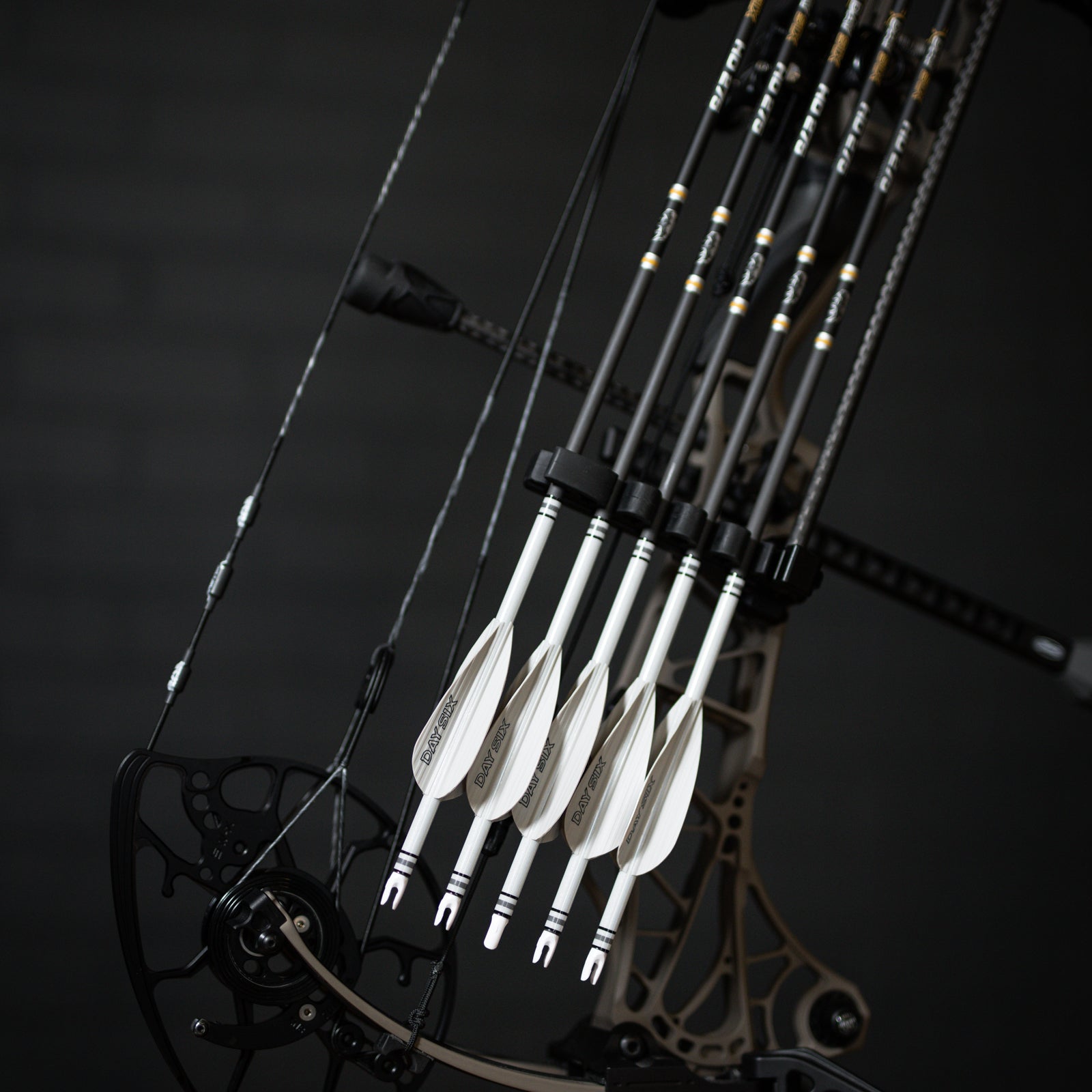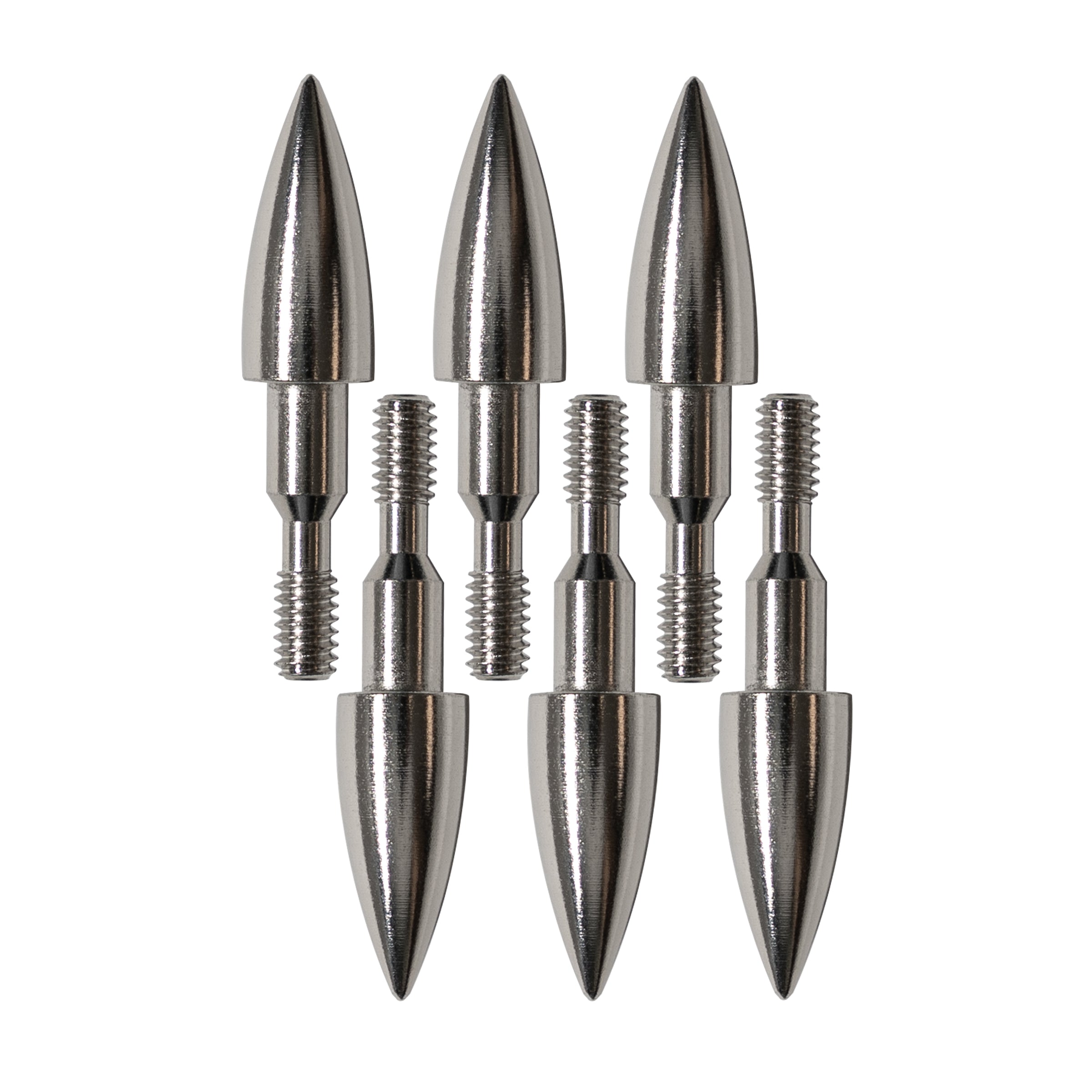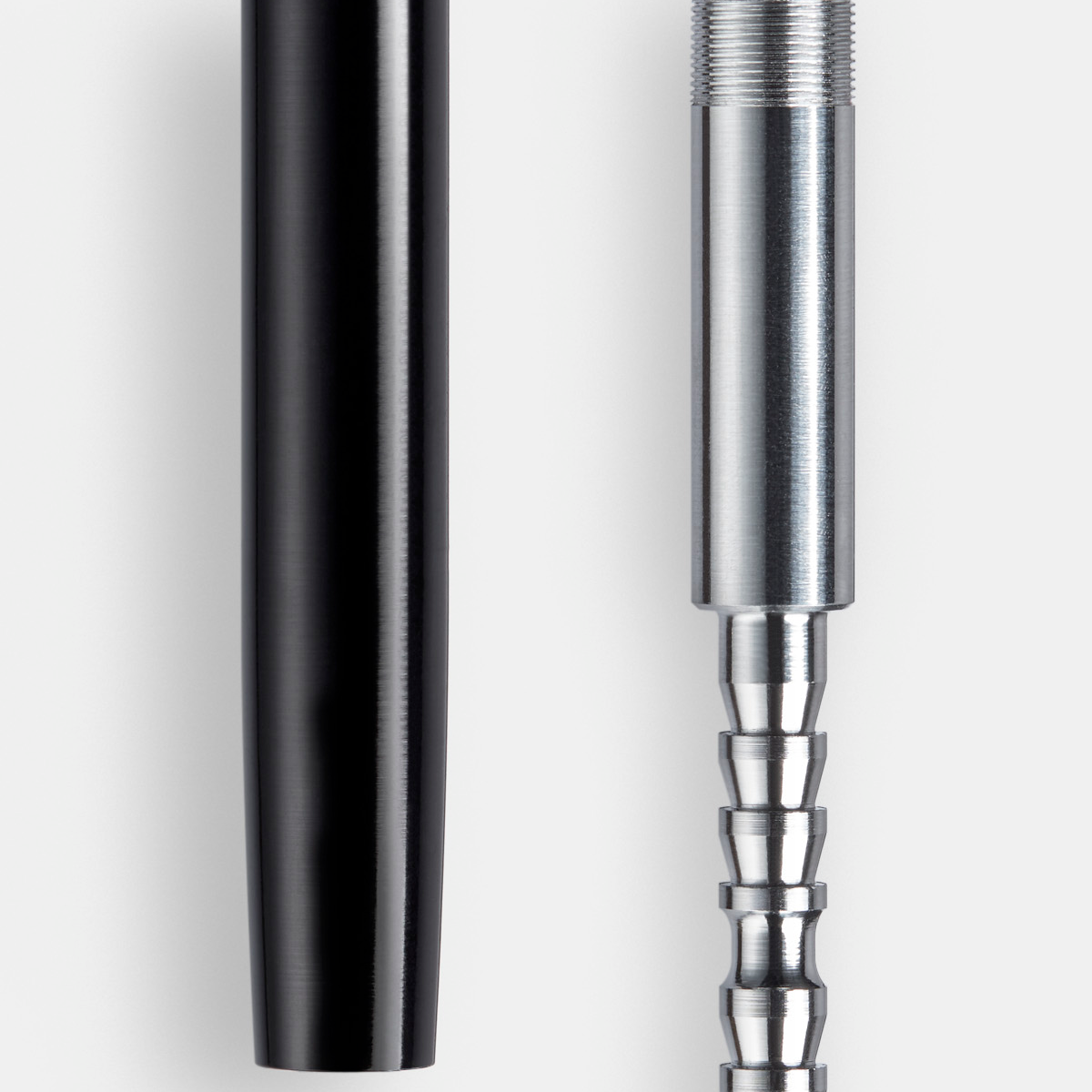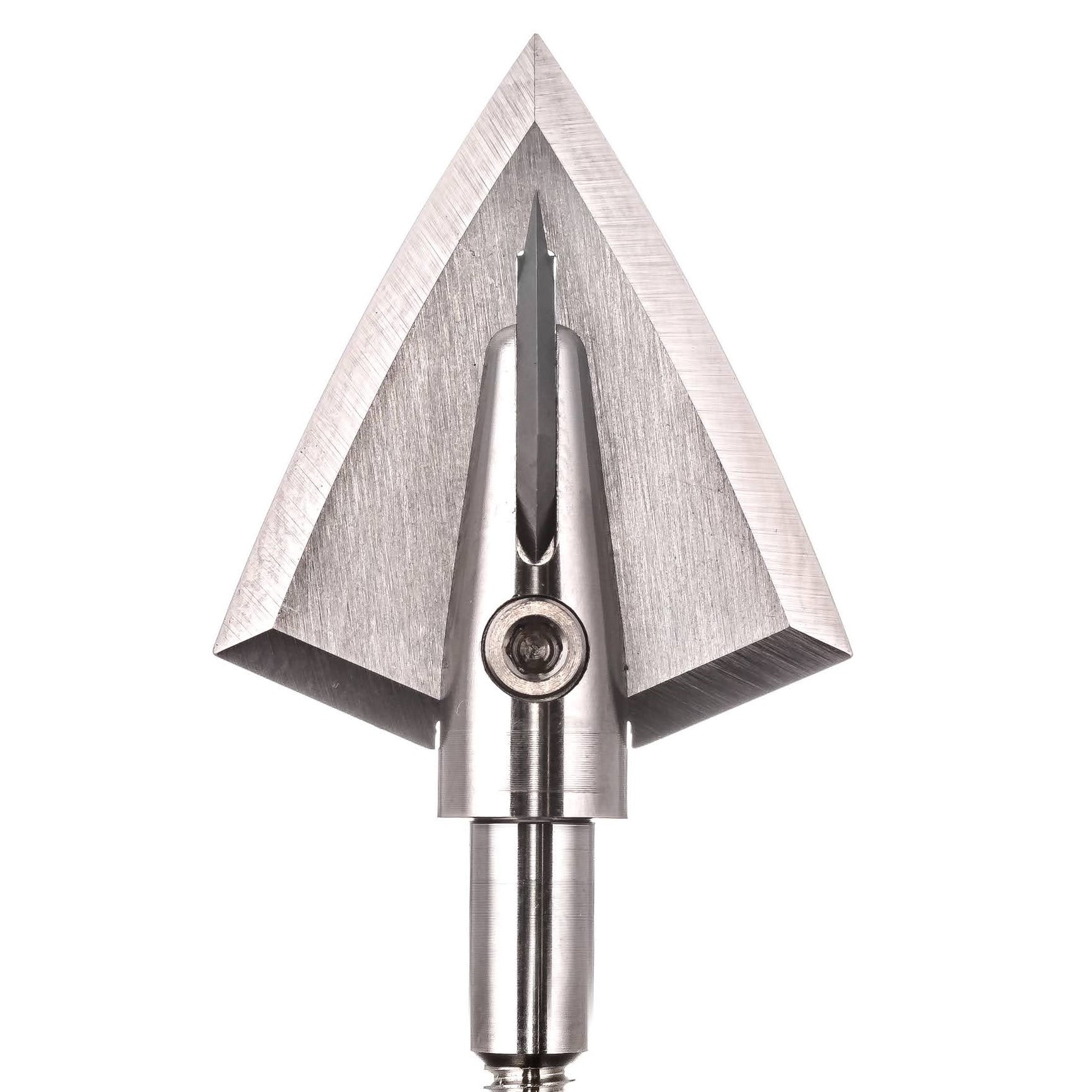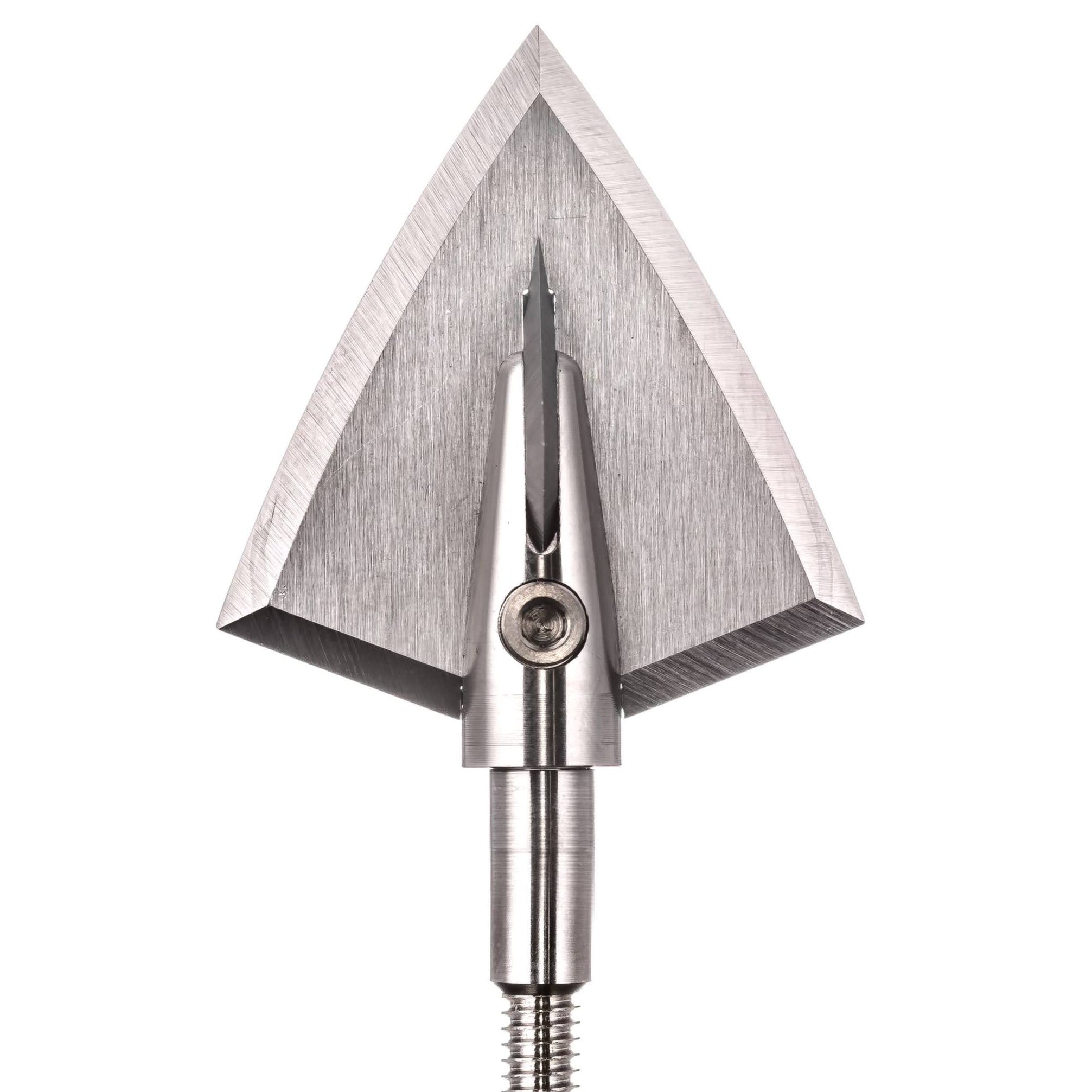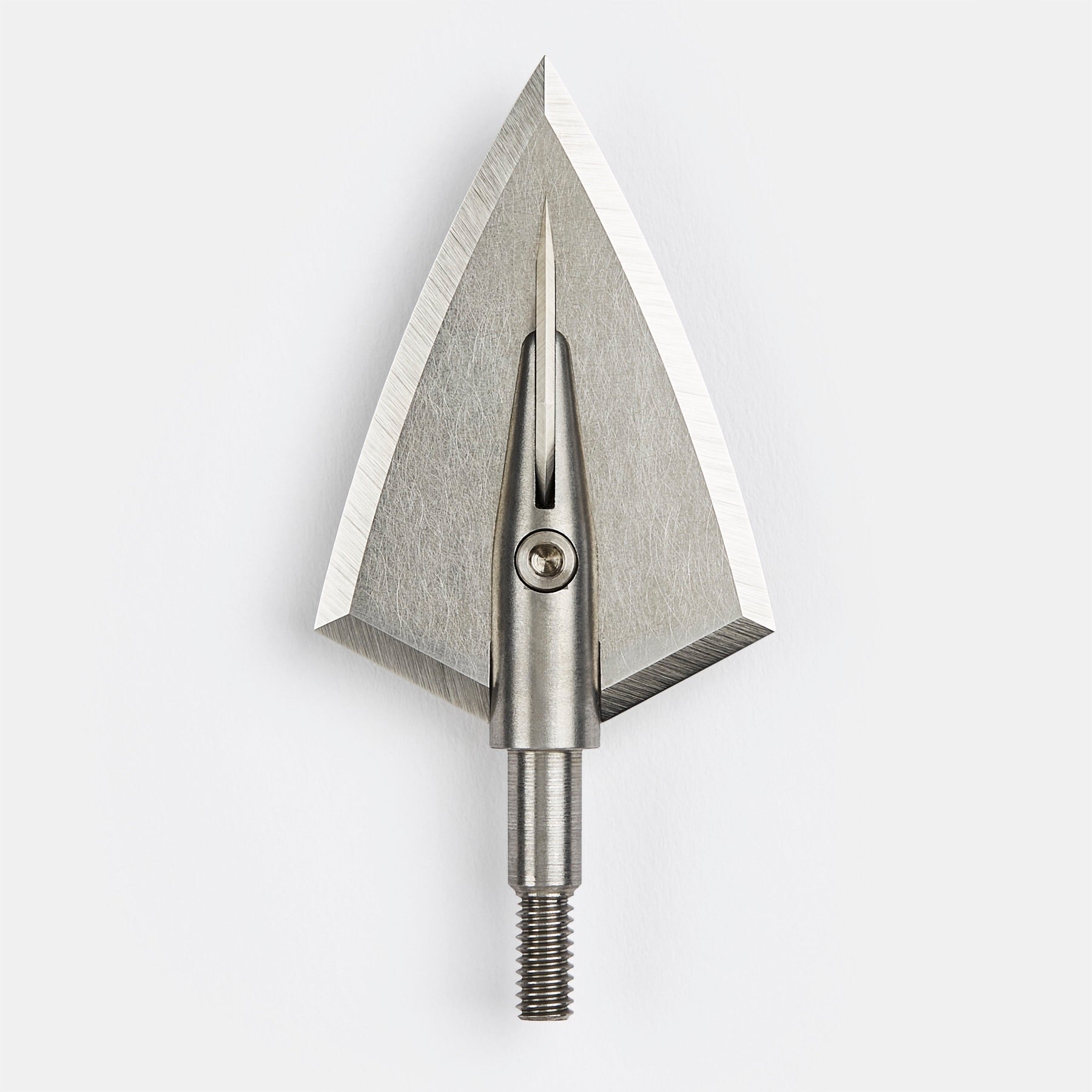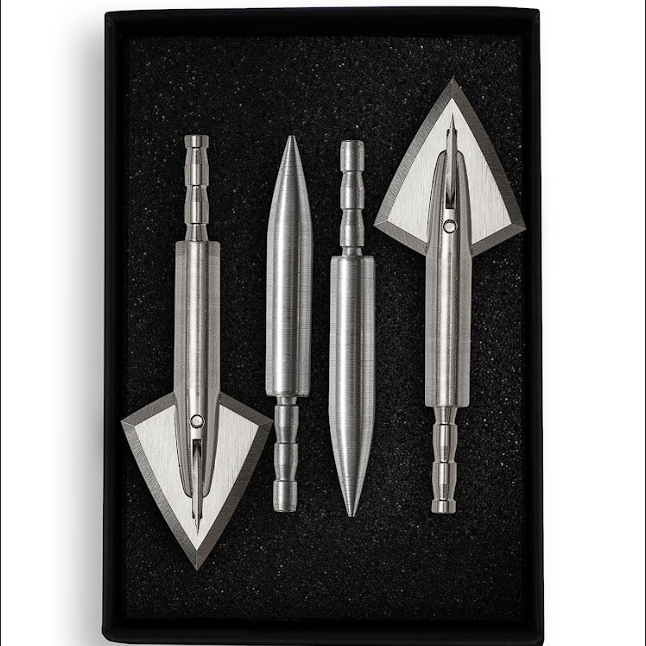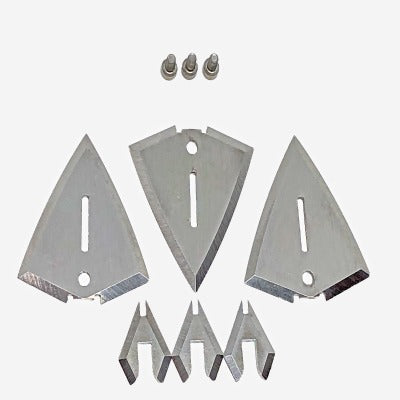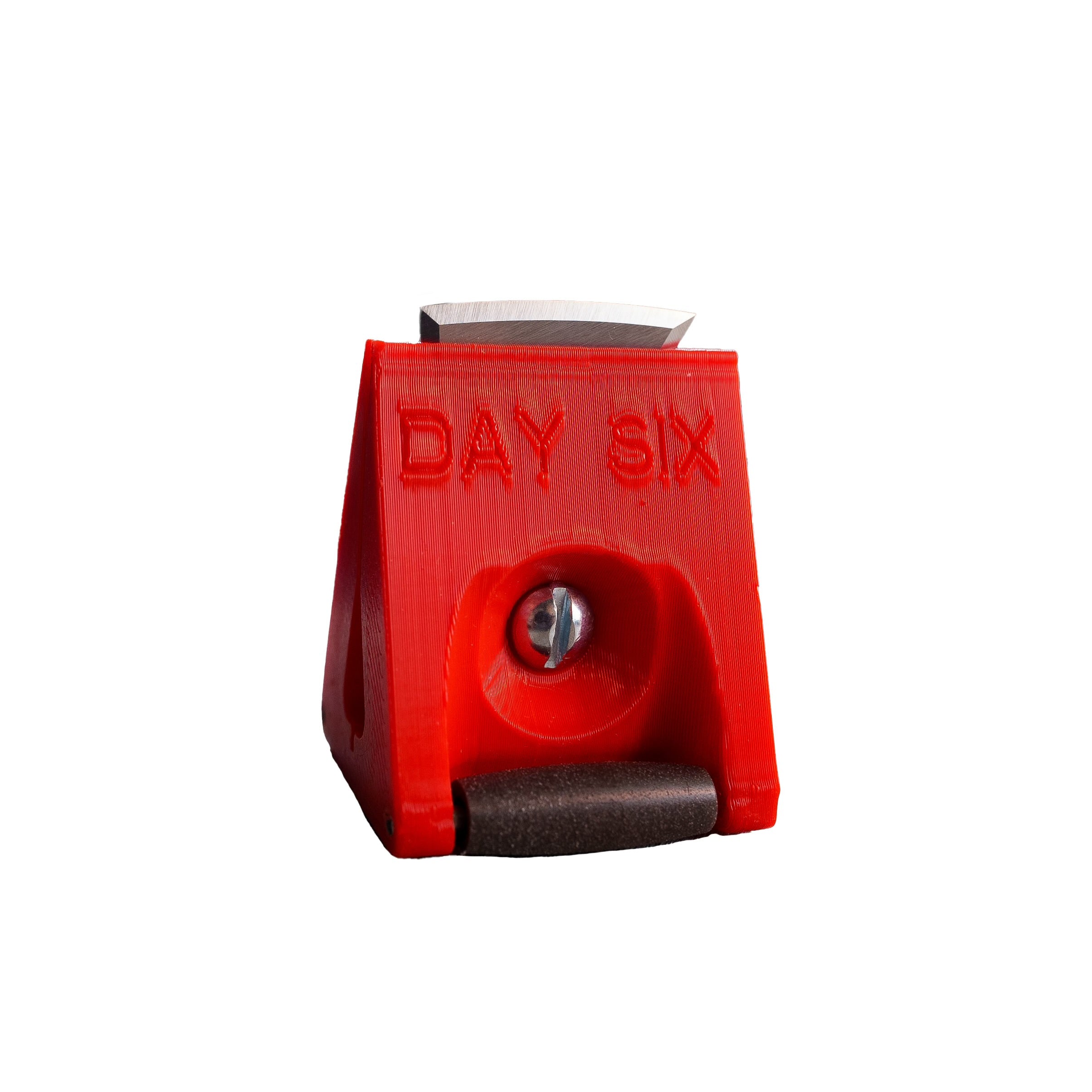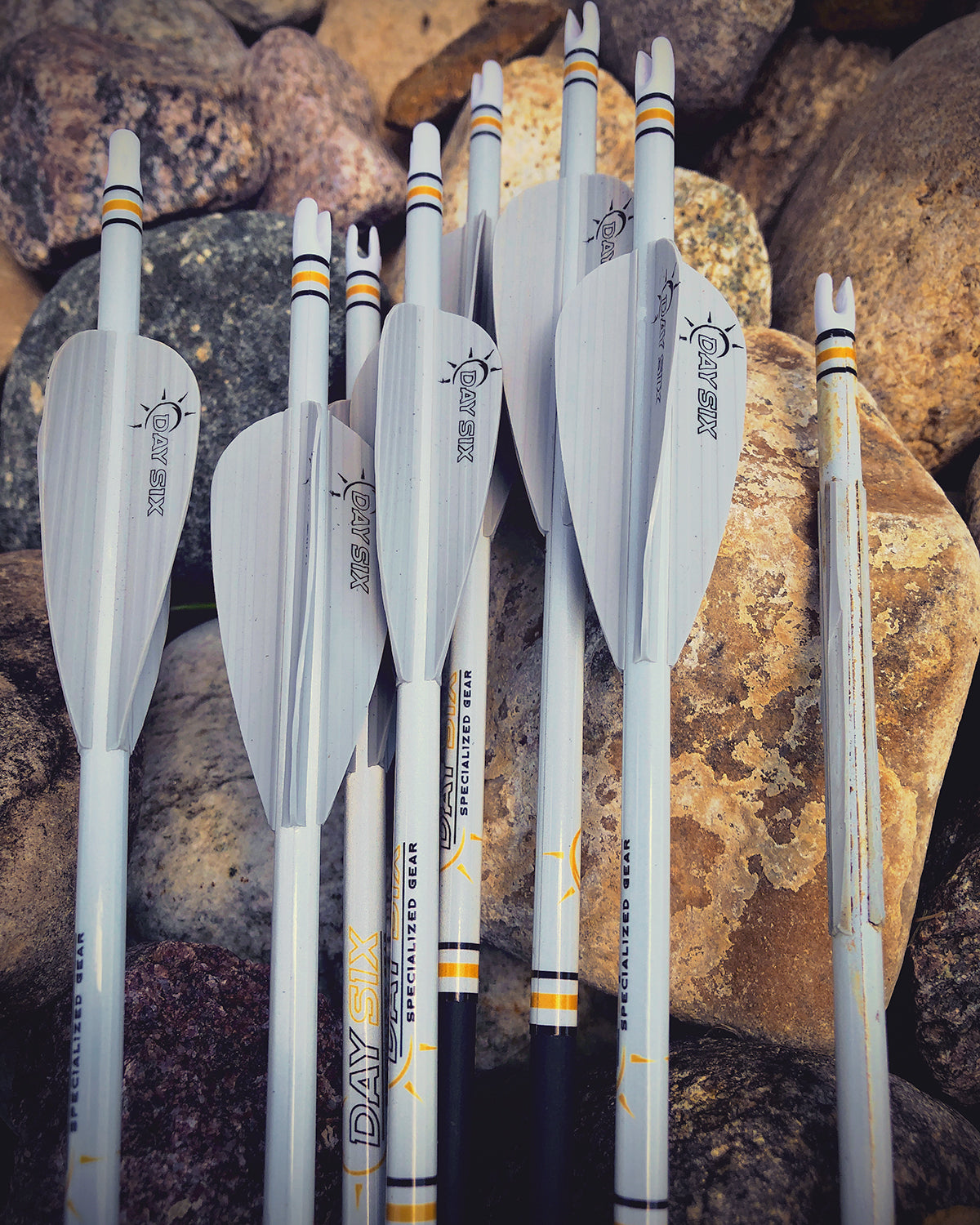The Dragonfly

It always amazes me how many of our customers can’t sharpen a knife. When we get questions regarding the best way to re-sharpen our broadheads, my initial reply is, “if you can sharpen a knife, you can sharpen our broadheads”. Well, apparently a lot of people can’t sharpen a knife, and solutions for that problem need to be developed.
Over the years I’ve skinned lots of whitetails and hogs with a simple two blade trapper style folding knife. When one blade dulls, I’d just switch over to the other blade. Once home I’d sit down and quickly sharpen the two blades and it was ready for service again when needed.
In the early nineties, when I started western hunting, I quickly realized that there was a big difference between a whitetail and an elk or a moose. My two blade trapper was not at all what I needed, and I had to learn that the hard way.
So many factors contribute to the requirements of a field knife and how it needs to perform. Here are what I consider some of the most important;
The Achilles heel of all knives is edge retention. Whether it be the quality of the steel and its ability to retain an edge on a fixed blade knife or how often you have to change out the cheap blades on the replaceable blade knives, keeping a sharp blade is everything.
Hand fatigue or comfort is not something most think about until they’re half way through an elk for the first time, but it’s a serious concern. As mentioned earlier, this was a major lesson learned the hard way on my first elk in 1991. The little hard corners and edges on a knife that don’t register while holding a knife for short durations become excruciating after a few hours in on big game. With paracord wrapped handles being the craze, it’s obvious to me that most people are not actually using these knives.
While listed third here, safety is probably the most important factor for a field knife. Over the years I’ve seen and experienced some serious injuries resulting from fixed, folding and replaceable blade knives alike and all could have been avoided if the chance of failure was eliminated before the knife was even made. The two most common safety failures are the locking mechanism on a folder failing during use and of course the thin blades breaking on a replaceable blade knife. At one point I would use a box blade to do all the skinning as the handle was actually quite comfortable and the short razor blade was actually very durable. I would then use a custom fixed blade to work through the quartering process and removing meat from the bone. Having to have both combined with having not only change out the razor blades but then dispose of them was more trouble than it was worth.
Size and weight seems to have risen to the forefront of importance for most gear, especially when it comes to knives. Companies that produce “hunting” knives are loving it because it is extremely cheap to make the one piece, ultra-light “frame” knives that have become en vogue and is in the majority of hunters packs regardless of the exorbitant price tags of said knives. Wrap $2 worth of paracord around the frame and it’s been upgraded to “custom” status.
As with all things Day Six, our products stem from personal experiences and frustrations using the products available from the hunting industry proper. Most of the time I was led to source a true custom made or hybridized product to have what I really needed in the field but of course that was always at a premium price. If I had a Sudbury big nickel for every time I heard “where’d you get that?”.....well, do the math.
So here we are over 30 years later from my first experience working up an elk and I’m astonished at what is being sold to and accepted by the hunting community as proper field knives. How has there been such little advancement in design, materials, etc I often wonder, but it seems to be the modus operandi of the hunting industry......sell them what’s the most profitable, not what’s actually needed.
We are not a marketing company that happens to produce gear.....rather, we are a gear company that manufactures products to solve problems.....that happens to suck at marketing.
So how can we improve on an age old tool like the knife you ask? Well we heard the same exact question when we set out to improve the arrow and broadhead that’s also been around forever......well that worked out pretty good so far.
Here’s our solution, the Dragonfly.
Featuring a patent pending dual blade system utilizing Magnacut, the undeniable king of custom knife steels, the durability and edge retention is unmatched so it’s the best of both worlds between a fixed and replaceable blade knife.
At a mere 1.8 ounces, the Dragonfly is built with a removable carbon fiber handle that encapsulates the auxiliary blade while in use. Slots or “keys” are placed at exact locations to ensure zero blade movement while in use.
The ergonomics of the handle have been meticulously designed, tested, and
then changed multiple times to provide the most comfortable grip possible without any compromise to eliminate hand fatigue.
For field proof operation, the titanium hardware is “captive” so there’s no risk of losing anything. With the hardware key embedded in the Kydex sheath, an extra tool in the field to swap the blade over is not needed.
I believe that for the ten percent who actually use their knives the Dragonfly will
be the answer to their prayers and will be the last knife they ever buy.
As always, thanks for your support of this little company and we promise to keep innovating.
SPECS:
Blade length - 3.25”
Overall length - 6.75”
Weight - 1.8 oz
Blade material - Magnacut
Hardware materiel - Grade IV Titanium
Handle material - Carbon Fiber
Patent Pending

